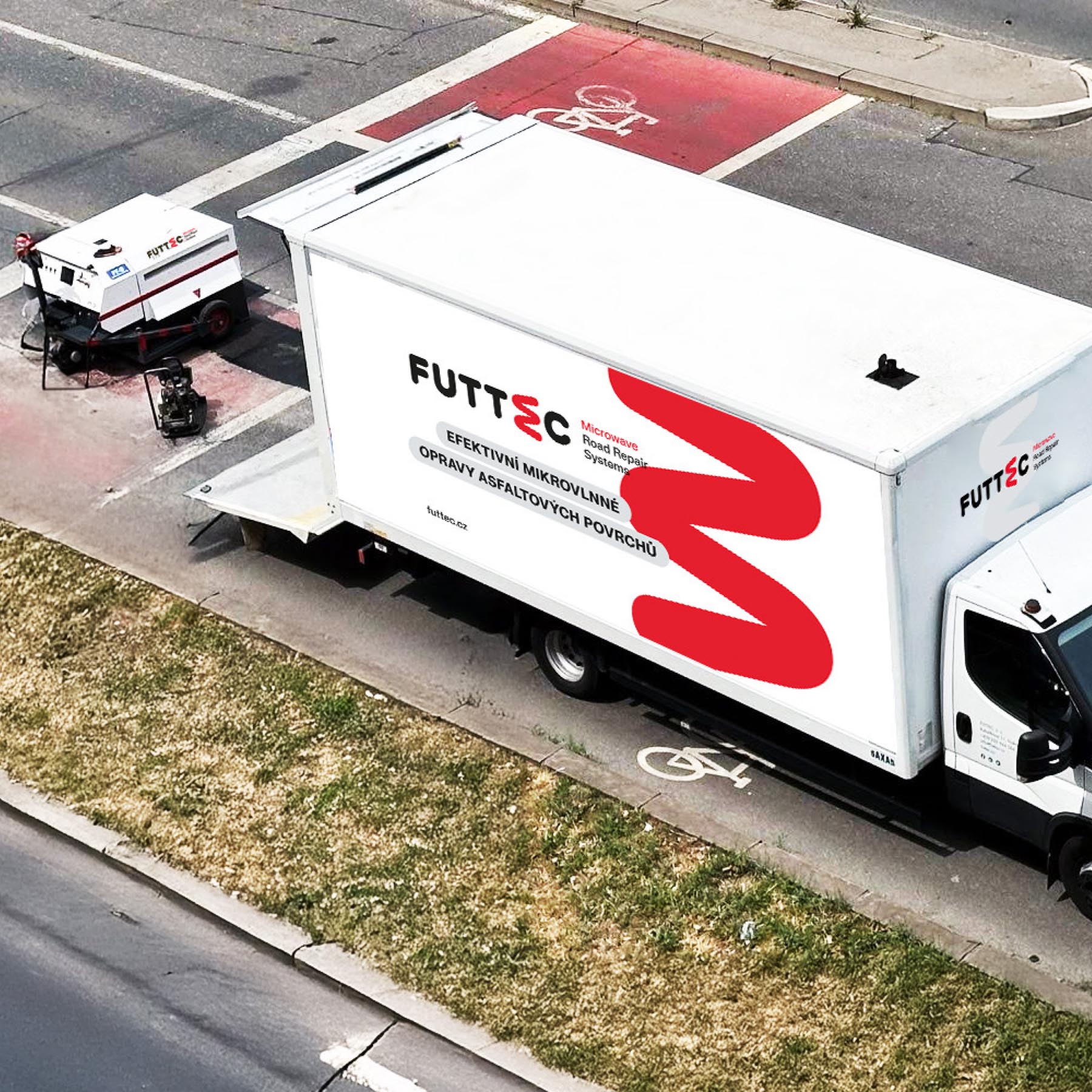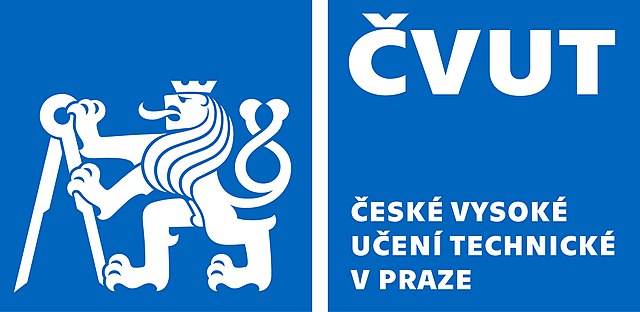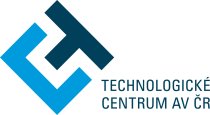We come, fix the problem and off we go.
All within tens of minutes or a few hours, depending on the extent of the repair and surface quality.
- The resulting repair is seamless with a 3-year warranty.
- We generate minimal waste.
- We only heat the amount of material that is truly needed.
- Early repair of potholes extends the life of the road and saves future costs.
We develop and use our own machines, which we have already used in thousands of asphalt surfaces repairs, e.g. for ŘSD or TSK Prague.

Microwave patcher FT-3
Example of using the FT-3 patcher in practice.

1. Preparation
Minutes 0–10
We remove the degraded asphalt and sharpen the pothole edges. This allows for proper compaction and bonding of the new and old asphalt = a seamless repair. This procedure also prevents deformation after repair and surface waviness at the repair site.
After preparing the pothole and edges, we clean and blow it out.
*Everything needed to prepare the pothole is included in the set.

2. Pothole heating
Minutes 10–45
The bottom, edge and area around the pothole are heated gently and effectively by microwave radiation, namely the FT-3 patcher. Microwaves penetrate the heated material and heat it throughout the entire volume of the wearing course and the upper part of the base course (approx. 10 cm in depth). This allows us to use 12 kW of heating power without burning the binder in the surface layer.

3. Mixture preparation
Minutes 10–45
We heat the mixture in microwave furnaces during the pothole heating. Over the maximum heating time of the patcher, we heat 150 kg of asphalt mixture. The special Microwa-mix mixture is of the same quality and meets the same standards as conventional asphalt mixtures (AC11; AC22; SMA).
*Only the necessary amount of asphalt mixture can be heated.
*It eliminates dependence on an asphalt plant, allowing you to work with warm packaged mixture even when asphalt plants are closed.

4. Completion of a seamless repair
Minutes 45–60
The heated hole is filled with the hot mixture, compacted and cleaned. The new material binds to the original material thanks to microwave heating. This results in a seamless, permanent repair that is ready to use immediately.
Set with microwave furnace FF-9
Example of using the FF-9 set in practice.

1. Preparation
Minutes 1–2
The mobile set with a microwave furnace arrives at the repair site. The site is marked with traffic signs.

2. Heating the mixture
Minutes 3–13
A 25kg bag of new asphalt mixture is placed in the furnace, where it is gently and evenly heated to approximately 160 °C. In the meantime, the pothole is cleaned.

3. Pouring/spreading the mixture
Minutes 13–16
The heated asphalt mixture (its temperature can be checked with a special thermometer) is poured into the pothole and spread with a rake.

4. Mixture compaction
Minutes 16–20
The repaired area is compacted with a plate compactor.

5. Repair completion
Minutes 21–30*
The quality repair is complete. The truck with the microwave furnace leaves, and after the repaired pothole cools a bit, it is ready for traffic.
The temperature of the repaired area is below 40 °C
*This depends on the size of the pothole and the number of heated bags (one large pothole = 75 kg of mixture = 3 bags = 30 minutes).
Frequently asked questions
The only technology enabling effective preventive maintenance due to seamless repairs. The innovative FUTTEC microwave system, which we developed in cooperation with the Institute of Chemical Processes of the Czech Academy of Sciences and Brno University of Technology, is already patented in seventeen countries of the EU and we are currently in the process of finalising our patents in seven other countries around the world, including the USA, Japan and South Korea.
In addition, in April 2023, the Ministry of Transport of the Czech Republic issued new technical conditions that recognize our technology as an official road maintenance procedure.
Today, microwaves have a wider use than just the familiar heating of food. The principle of our patent is microwave radiation with a frequency of 2,450 MHz, which can gently heat a mixture of asphalt and aggregate to a controlled temperature of 120 to 160°C. The asphalt binder at the border of the undamaged roadway and the impact will thus soften, but will not be damaged.
Then a dosed bitumen mixture corresponding to the damaged part of the road, which is also heated using microwaves, is added to the slurry and everything is compacted. The result is a perfect seamless and durable pothole repair that restores the road to its original condition. FUTTEC® has also created its own special packaged asphalt mixture that is best suited for this type of repair.
They work on a fundamentally different principle. Infrared heaters used in infrared repairs can irreversibly damage the asphalt binder around the pothole by heating it to several hundred degrees Celsius. The overheated asphalt binder releases toxic fumes that can endanger the health of workers and negatively affect the environment.
The heated area is then mechanically raked by road workers, filled with often inhomogeneous recycled material, poured with asphalt binder, consolidated and compacted.
At first everything looks good, but after a while the areas with insufficient asphalt binder succumb to erosion and the pothole re-emerges. Unlike the patented FUTTEC® microwave technology, infrared technology – although often used on roads to repair potholes – is not an officially recognised road maintenance procedure approved by the Ministry of Transport.
The repair of the pothole with microwave technology is seamless. During compaction, the replenished asphalt mixture naturally blends with the original roadway and thus closes the hole. There will be no leaky joint into which water can flow and further disrupt the road. Repairs with FUTTEC® technology therefore last much longer than repairs with other methods that use surface milling.
Repairing a pothole is quick, takes 30 minutes to 1 hour, and doesn’t require a road closure. This makes the whole process significantly cheaper and significantly increases the safety and flow of traffic: drivers do not have to stand in traffic jams and look for detours.
The released CO2 emissions are much lower than with other commonly used technologies. Moreover, during the repair itself, material is not unnecessarily removed from around the hole, which therefore does not need to be removed and disposed of. It is not necessary to close the road, so less traffic jams form and drivers don’t need to travel extra kilometers on detour routes.
Microwave repair is completely safe if technological procedures are followed for crew members who move in the immediate vicinity of the microwave emitter. Nor does it have any negative effect on the surroundings. Occupational safety and the impact on the surrounding environment have been thoroughly assessed by the relevant state testing authorities, and their approval is available to all interested parties.




Get in touch


